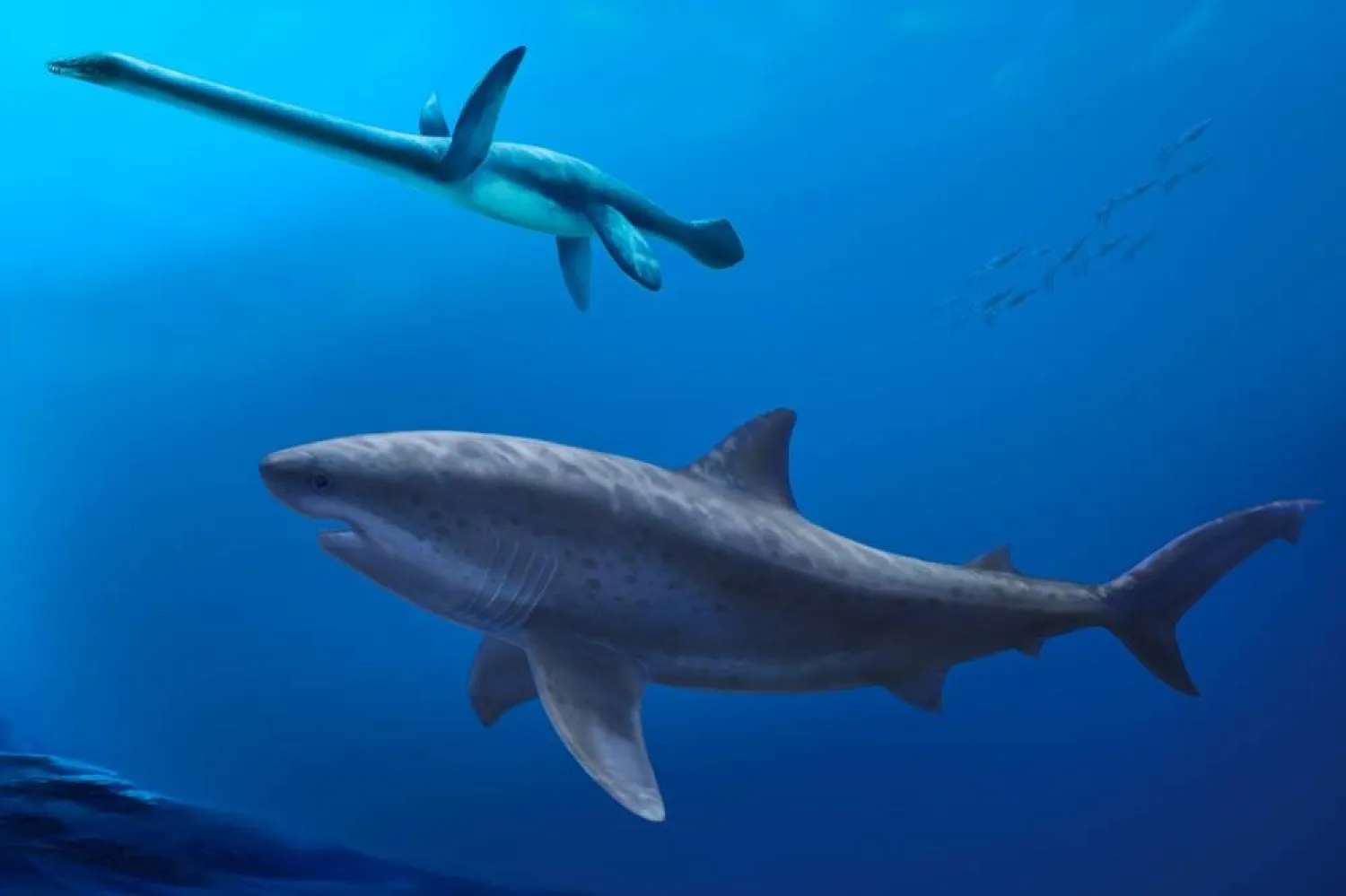A new German study has found that social media can lead to stress, unhappiness and low life satisfaction among certain people.
The researchers reported that this negative feeling was observed among people with a materialistic mindset, who usually associate their happiness with material goods. The findings were published in the journal Telematics and Informatics Reports on Friday.
People with a materialistic mindset tend to believe that material things, such as clothes, cars and travel, are the most important things in life, always seek wealth and material success and focus on physical appearances more than others.
Social media provides them with ideal opportunities to compare themselves with others, which makes them susceptible to passive and addictive user behavior, said the researchers. This stresses them out and, ultimately, leads to low life satisfaction and make them less happy, it added.
For the study, the researchers recruited 1,230 people for an online survey. In order to participate, respondents had to use at least one social media channel at least once a week. On average, the participants stated that they spent just over two hours a day on social media.
The research team used six different questionnaires to determine the extent to which the participants had a materialistic attitude and tended to compare themselves with others, whether they used social media more actively or passively, whether they were addicted to social media, and how stressed and how satisfied they were with their lives.
The team found that this comparison is very easy to make on social media, primarily through passive use, i.e. by looking at the content posted by other users. Materialism and passive use were also linked to addictive use of social media.
"The addiction of social media makes users constantly think about the respective channels and fear that they are missing out on something if they are not online. This in turn leads to symptoms of poorer mental health, i.e. stress," explains Phillip Ozimek, lead author from the Faculty of Psychology at Ruhr University Bochum, Germany.
"The final link in the chain is reduced life satisfaction. Social media is one of six stepping stones to unhappiness," concludes Ozimek.
"Overall, the study provides further evidence that the use of social media is associated with risks, especially for people with a highly materialistic mindset. This is particularly worrying, because social media can trigger and increase materialistic values. It's definitely a good idea to be aware of the amount of time you spend on social media and to reduce it," says the psychologist.









